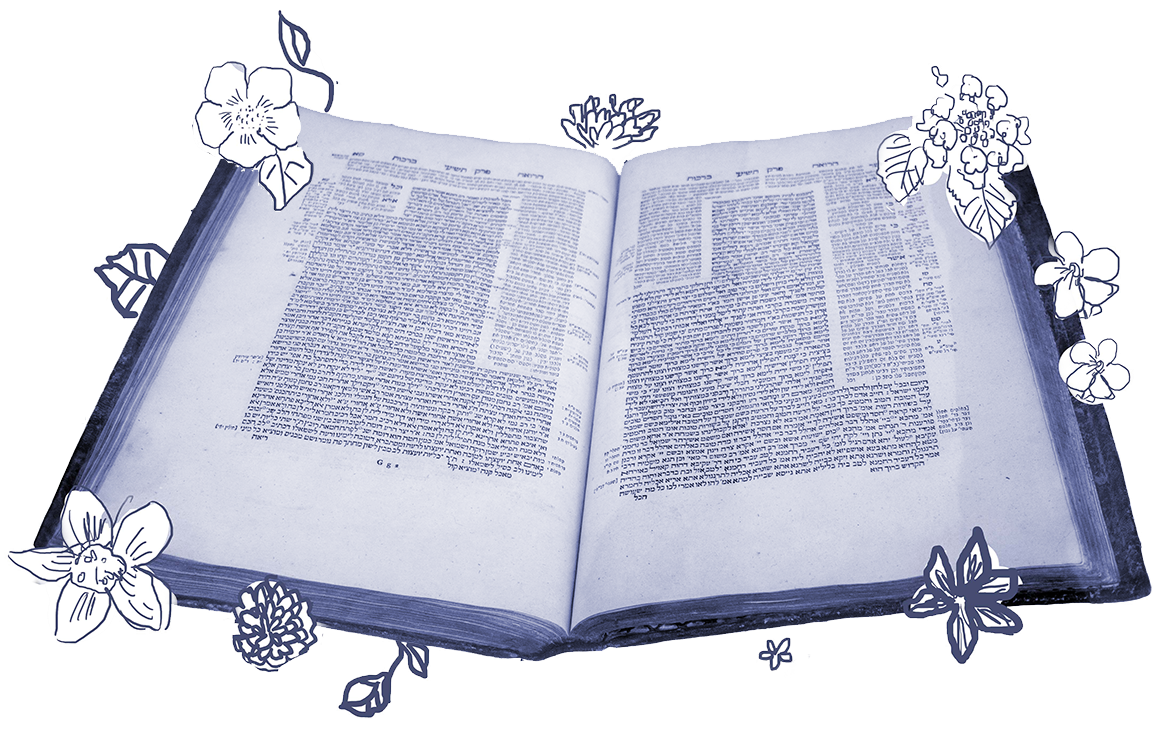Immediately after telling us that by sitting down a priest disqualifies an offering in the Temple, the opening mishnah of the second chapter of Zevachim teaches:
A priest who is standing upon vessels, or upon an animal, or upon the feet of another has disqualified the offering.
A priest is required to stand on the floor of the Temple. If he is standing on top of something else, he disqualifies the sacrifice.
The Gemara, not surprisingly, asks for the source of this rule. Most of the time, this kind of question is followed by a verse from the Torah. In this case, however, a verse is not forthcoming, and we receive this explanation instead:
Since the floor of the Temple courtyard sanctifies the priest to perform the service, and the service vessel (i.e., priestly vestments) also sanctify him, one may draw a comparison between the two: Just as with regard to service vessels, nothing may interpose between the priest and the service vessel, so too with regard to the floor, nothing may interpose between the priest and the floor.
We’ve already learned that a priest gains the authority to serve in the Temple by wearing the appropriate clothing, and that nothing — not even a bandage — should interpose between the priest’s uniform and his skin. The school of Rabbi Yishmael teaches that authority is likewise granted by being in the proper place, that is, standing on the Temple grounds. So the priest’s feet must be planted in the Temple, not on top of a container, animal or other item.
If you’ve been studying Talmud for a while, a few questions may already be brewing in your mind, including: If this is true, wouldn’t a priest’s footwear intercede between his body and the ground and disqualify any sacrifice in which he was involved? Furthermore, what if the priest has one foot on an object and one foot on the ground? Is this like being on the object or on the ground?
Great questions. The first one has an easy answer: Priests, and all others who entered the Temple grounds for that matter, removed their shoes — as God told Moses to do upon approaching the burning bush (Exodus 3:5). No problem here. The second question is answered in a beraita by Rabbi Eliezer:
If one of the priest’s feet was on a vessel and one of his feet was on the floor, or if one of his feet was on a stone and one of his feet was on the floor, one sees: Any case where, were the vessel to be removed or the stone removed, he would still be able to stand on one foot and perform rites, his service is valid. But if he would not be able to stand on one foot, his service is disqualified.
A priest with one foot on the ground and one foot on an object is considered to be standing if, and only if, he could keep his balance were the object removed. The floor must be bearing his weight.
And once again, if you’ve read Talmud for a while, your associative mind may have wandered back to Shabbat 31a, where the Talmud told us a story about a non-Jew who comes before both Hillel and Shammai saying that he is willing to convert if they can teach him all of the Torah while standing on one foot. Shammai shoos him away, but Hillel takes the challenge and is remembered for then sharing this summation of Torah:
That which is hateful to you do not do to another; that is the entire Torah, and the rest is its interpretation. Go study.
The Talmud never tells us if Hillel was actually standing on one foot as he spoke these words. The efficacy of his teaching is not truly dependent upon his physical posture, but on the pithy words he chose. For that matter, there’s no account of what Hillel wore. Not so for priests, for whom the embodied act of the sacrificial rite — from clothes to posture — is critical.
Read all of Zevachim 24 on Sefaria.
This piece originally appeared in a My Jewish Learning Daf Yomi email newsletter sent on October 8, 2025. If you are interested in receiving the newsletter, sign up here.
With your help, My Jewish Learning can provide endless opportunities for learning, connection and discovery.



